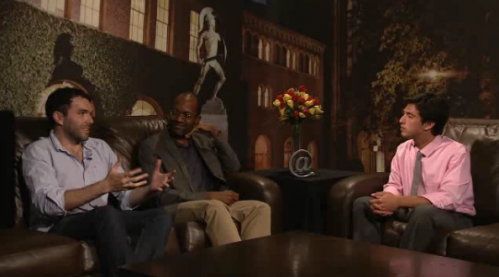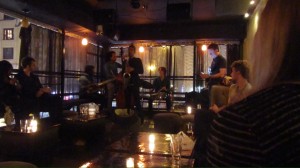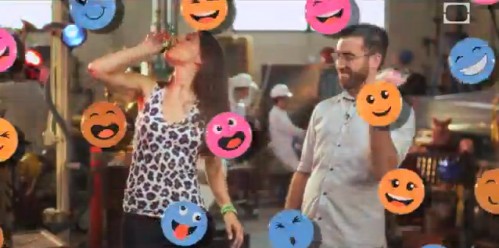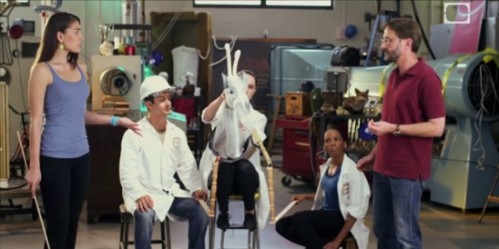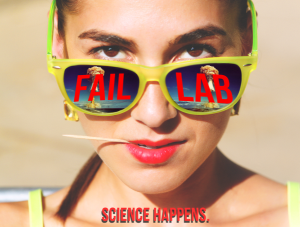Meanwhile, poor Matt Strassler, who means well, is re-discovering the frustratingly convenient (for some) fact that blogs (or is it blog readers?) have no memory for stuff that has scrolled off the page, so attention-seekers get to make the same deliberately wrong claims and misrepresentations they did before, and that were thoroughly addressed before, and a whole new bunch of people who want to learn a bit of science will be drawn in to a non-debate, not knowing that none of this is new. Attention-seekers get the attention they desire, and since attention is the main point for them (not actual progress in science, oh no, not at all!), they succeed.
Matt is discovering this now… By trying to discuss a little nuance about what recent discoveries at the LHC may or may not mean for string theory, he has wandered into the same old tired shouting match about string theory with attention seekers who have nothing better to do but put their hands over their ears and yell misleading slogans from the sidelines to generate fake controversy, and/or split the world into pro-string vs anti-string which is so simplistic and, frankly, juvenile. An interesting game, if you’re up for it, would be to look at the noise in the long comment stream there, and then look at almost any of my Scenes from a Storm in a Teacup posts (from 2006!!!) and the long comment streams accompanying them (look at, for example IV, V, and VI), and see if you can see the same sorts of patterns. I deliberately collected those posts together to form a partial* record of some of that time’s discussion for precisely this purpose, for those who care to read and see that all attention-seekers (who have no real interest in letting science research run its course) have to do is wait for a while and then start yelling the same faux claims all over again to get attention, sell books, enlarge their mutual admiration society membership, etc.
You know, all this behaviour is hardly different from that of the annoying squirrels I have to deal with at my fruit trees from time to time. Not being so good at cultivating [..] Click to continue reading this post →
 Last night’s event was wonderful. The actors had such passion, and it was all done with great pacing and flow. This was a most marvellous play reading – the cast’s performances felt so fully inhabited by the text of the play that it hardly felt like a reading at all.
Last night’s event was wonderful. The actors had such passion, and it was all done with great pacing and flow. This was a most marvellous play reading – the cast’s performances felt so fully inhabited by the text of the play that it hardly felt like a reading at all. 


